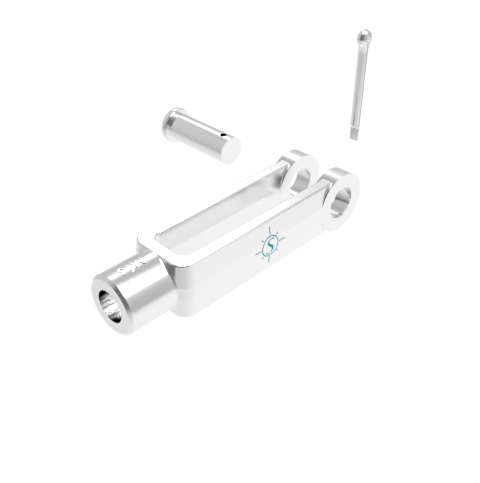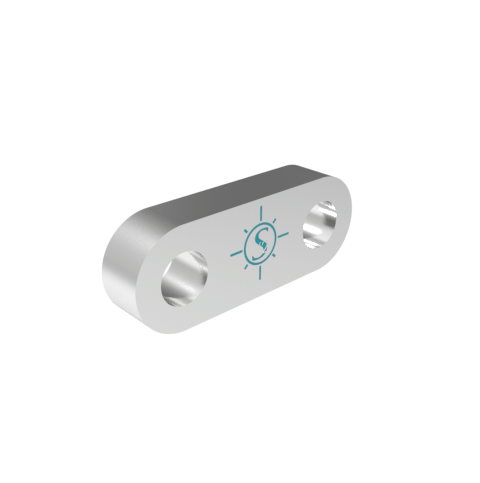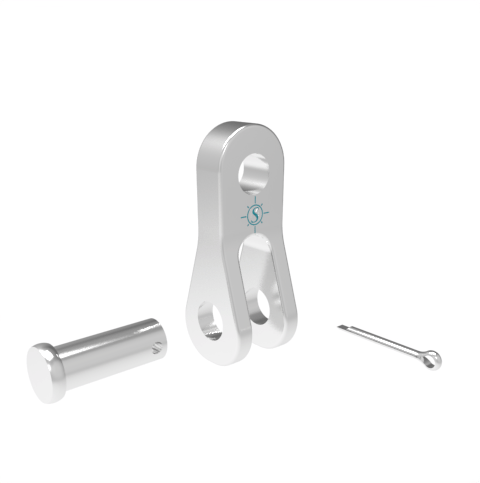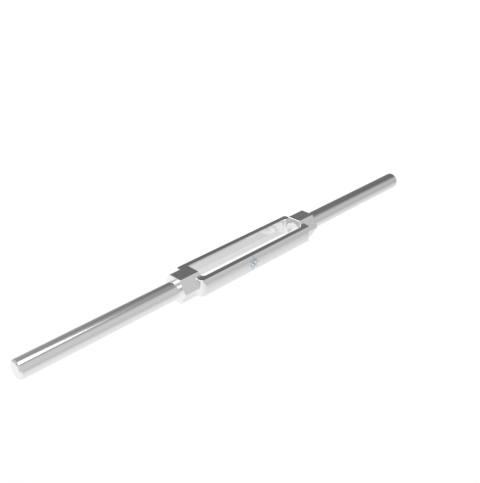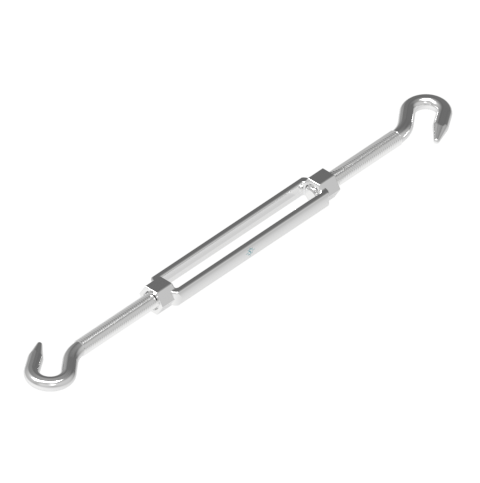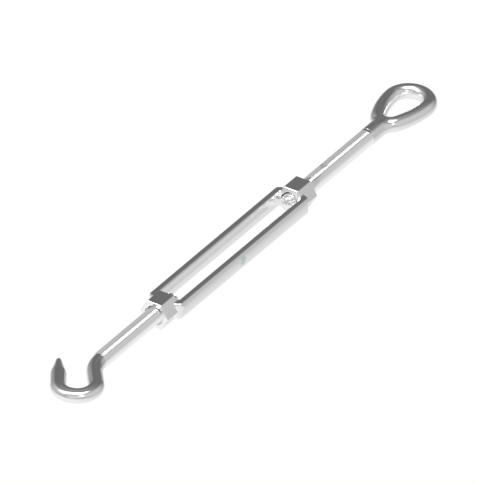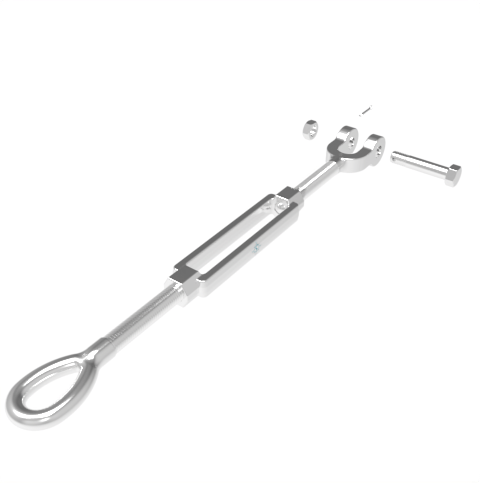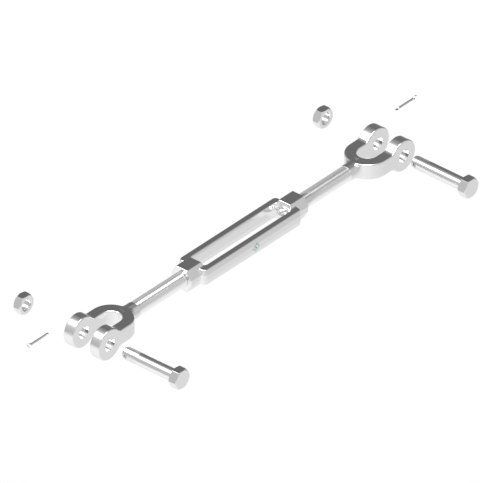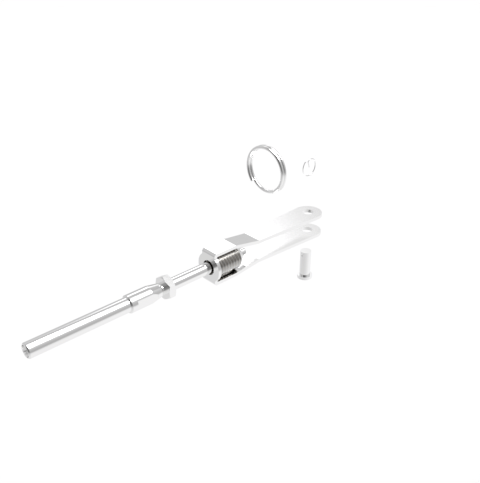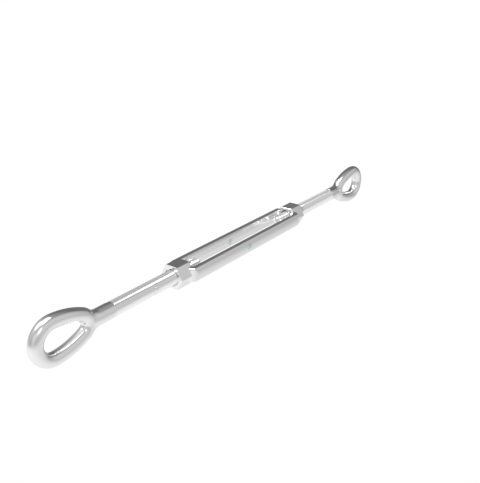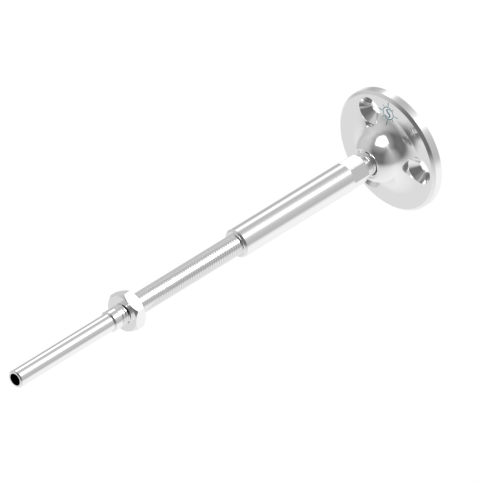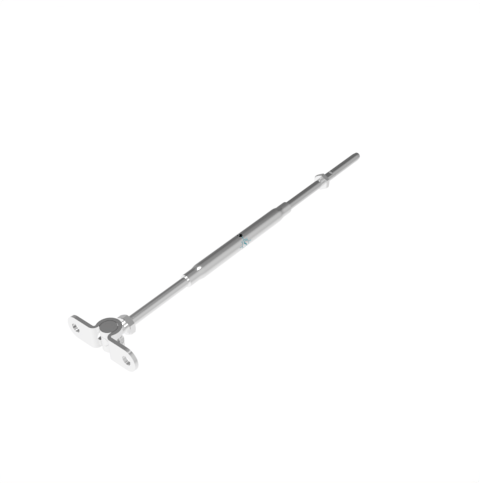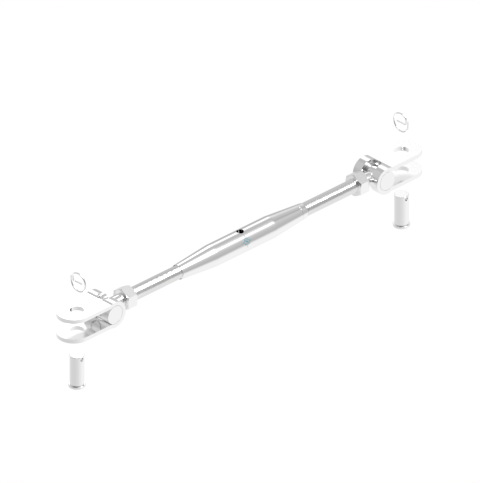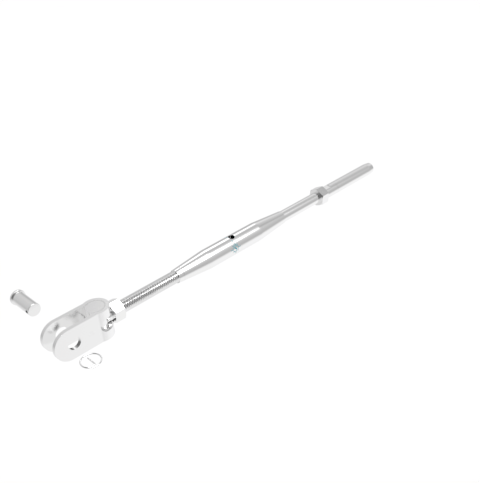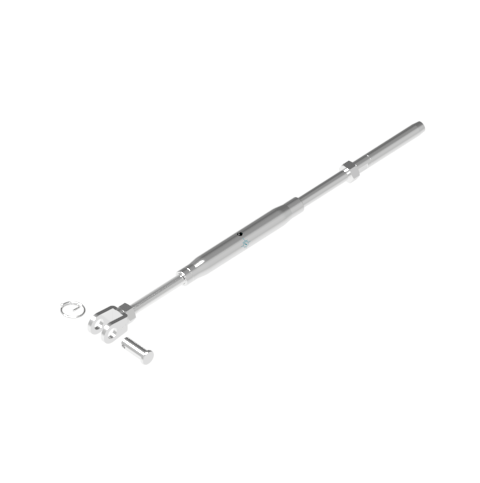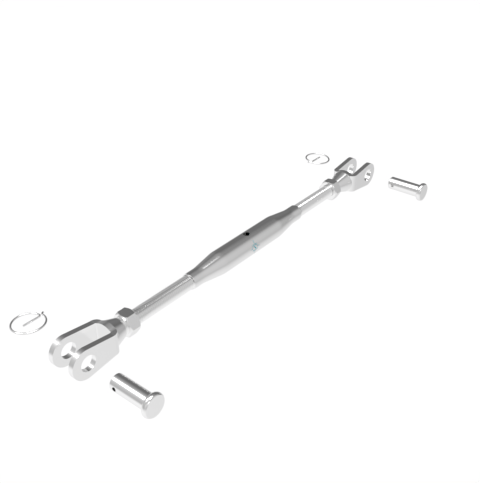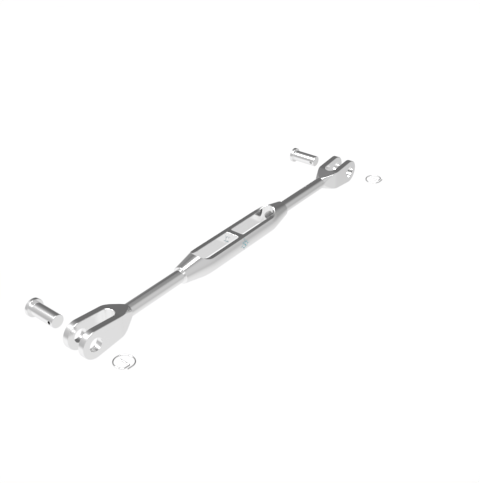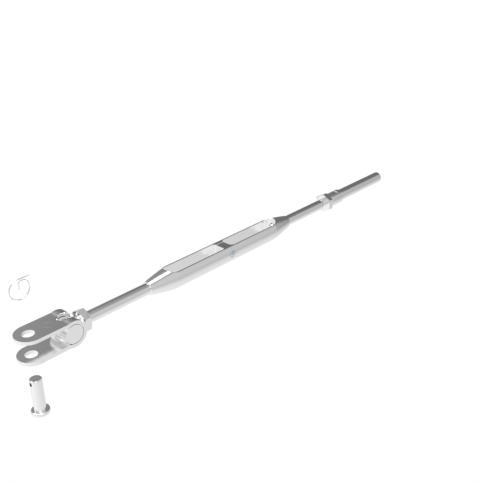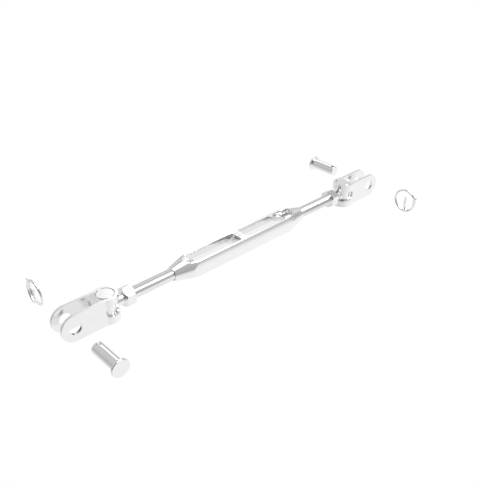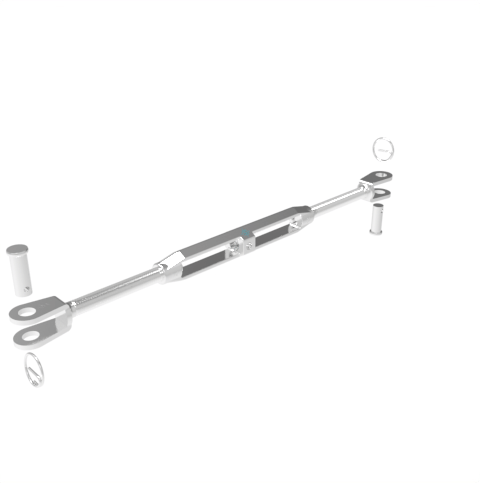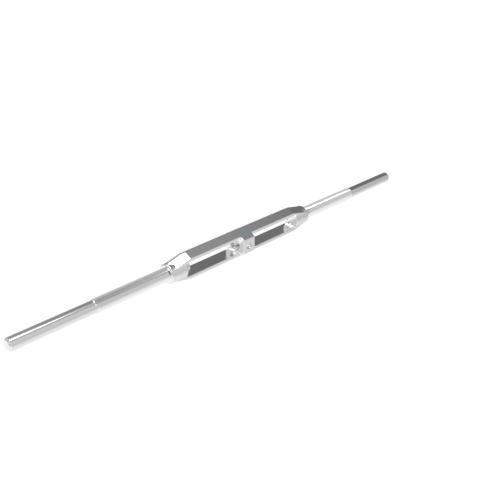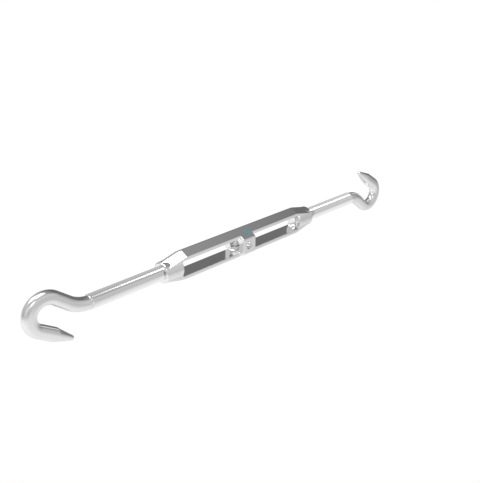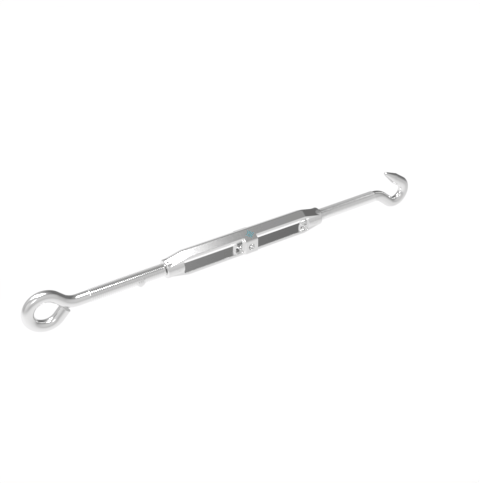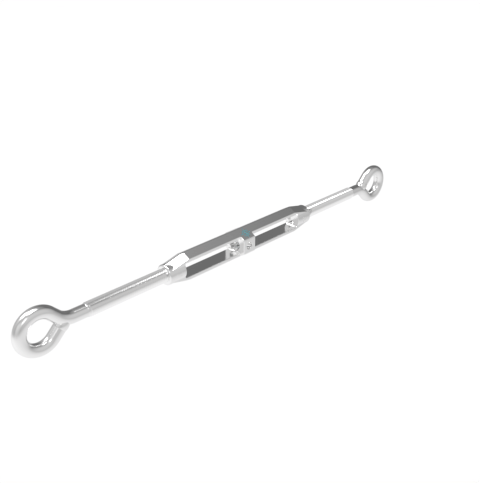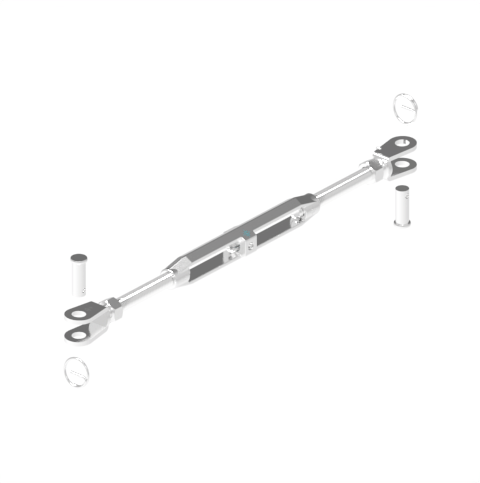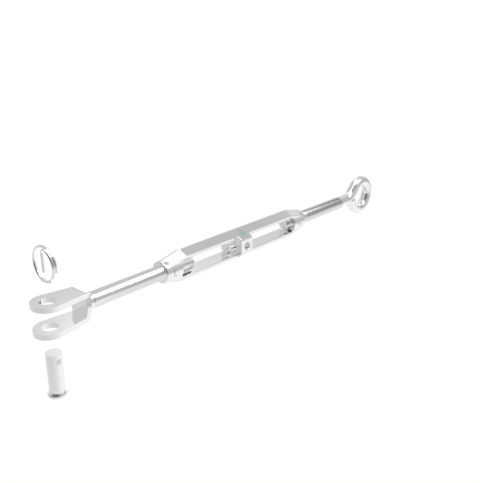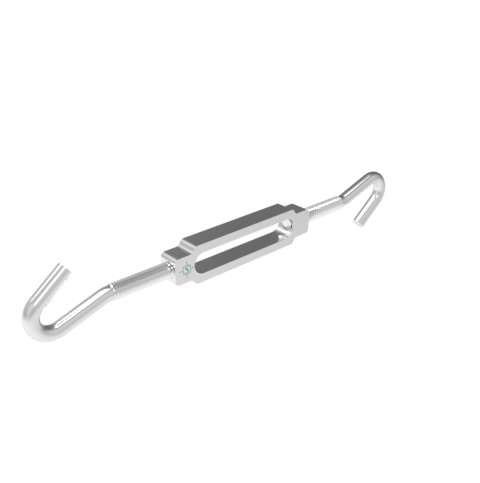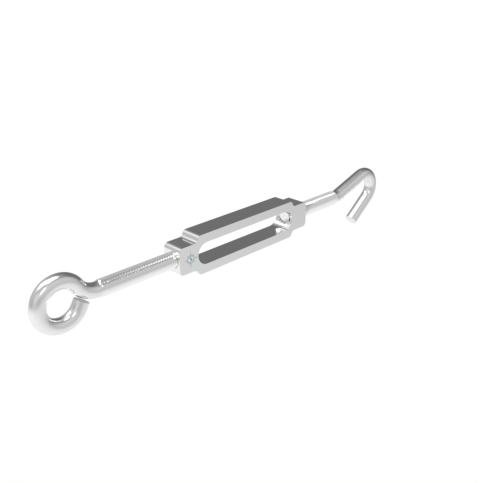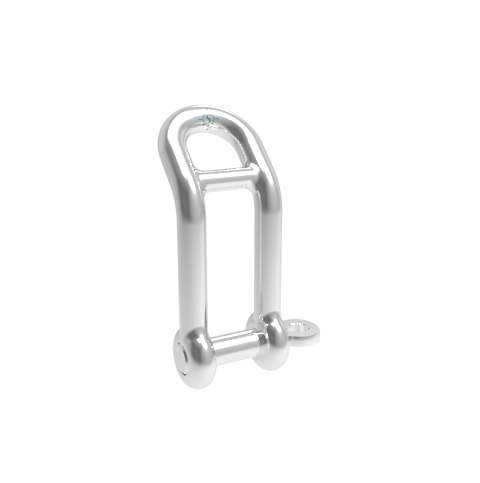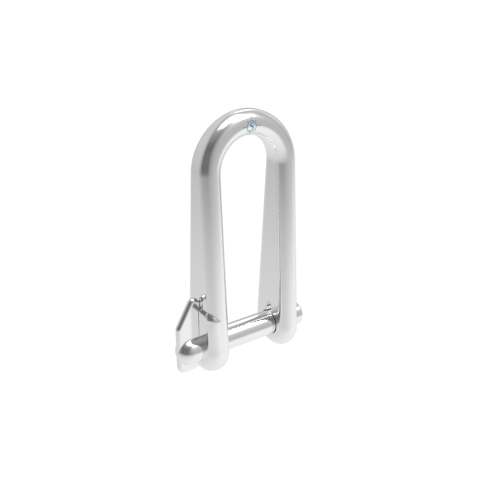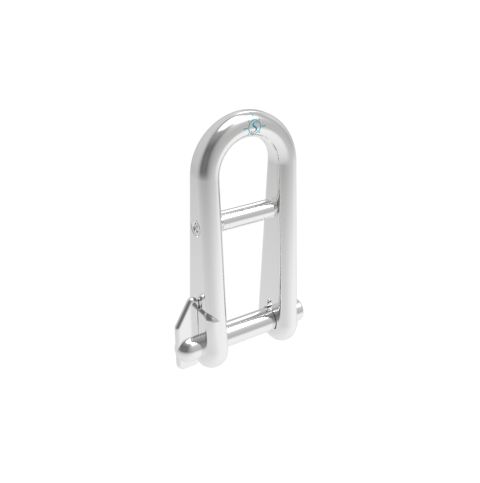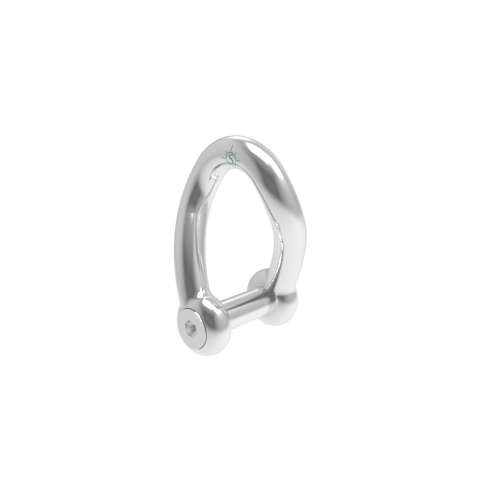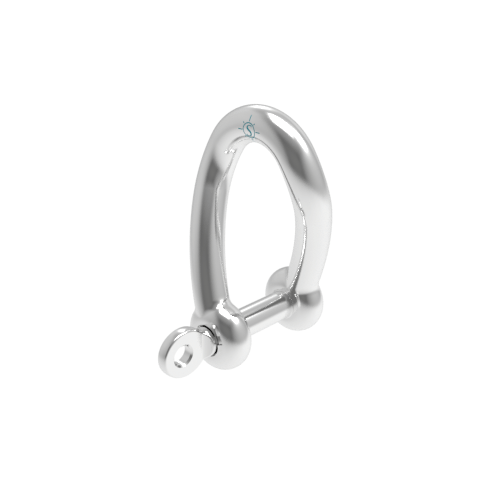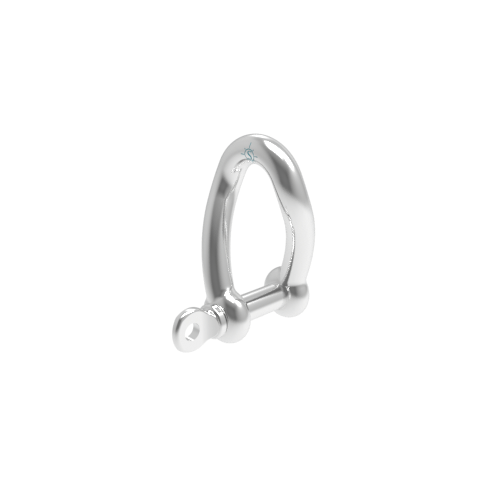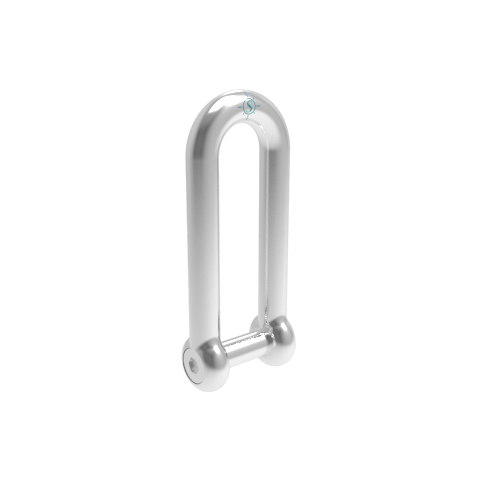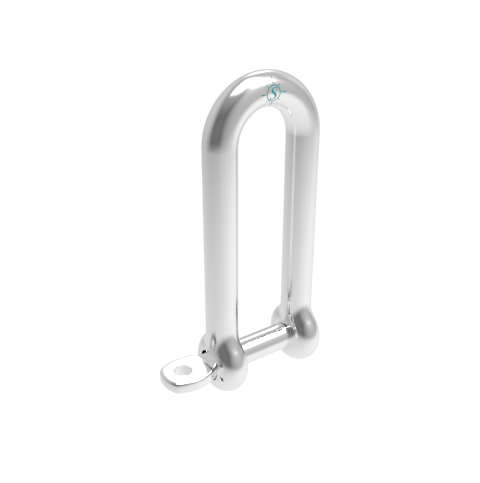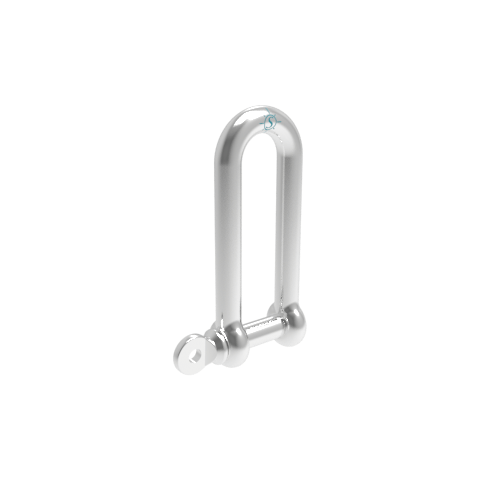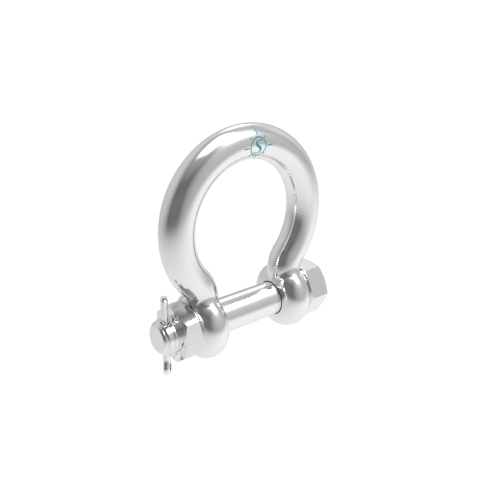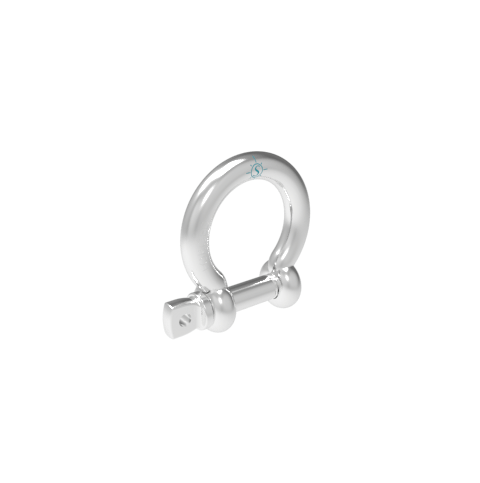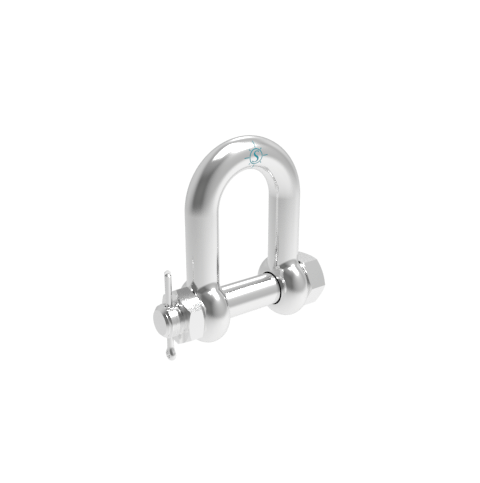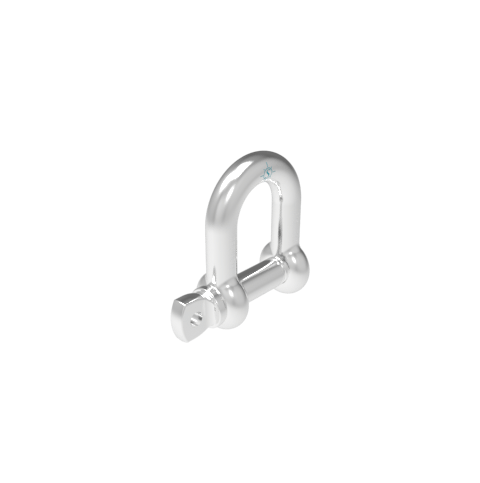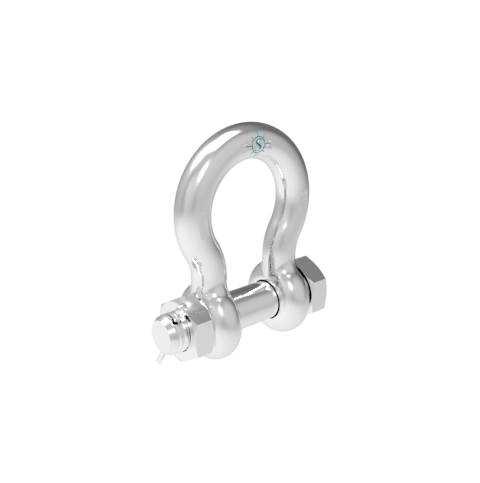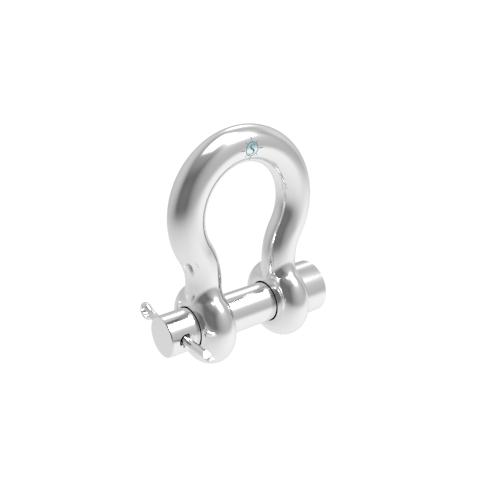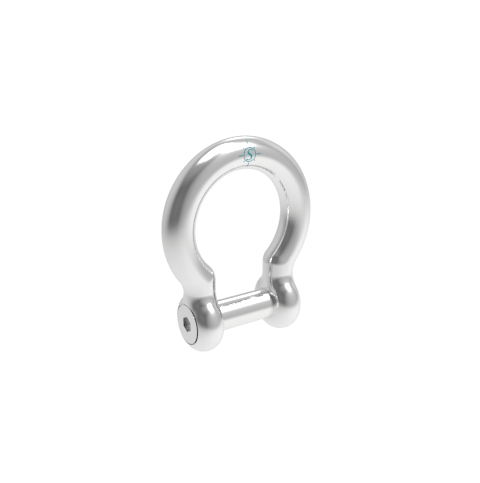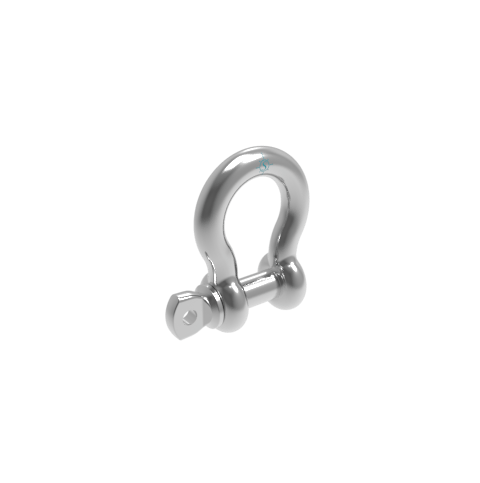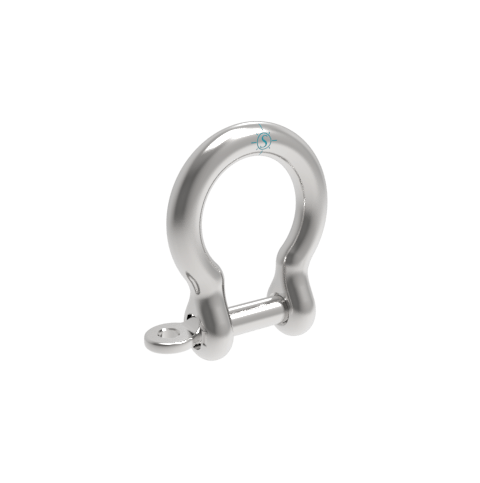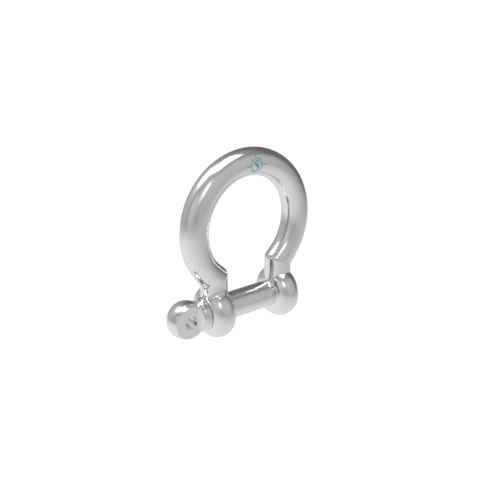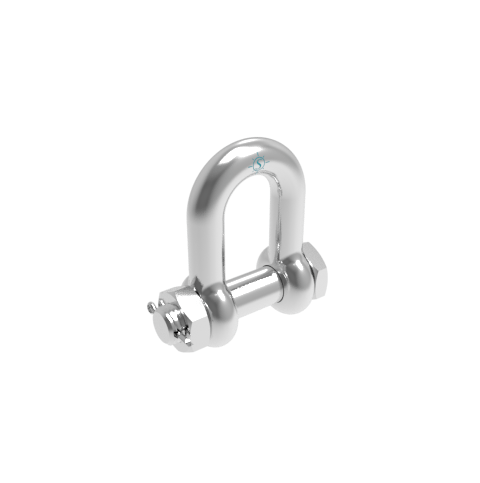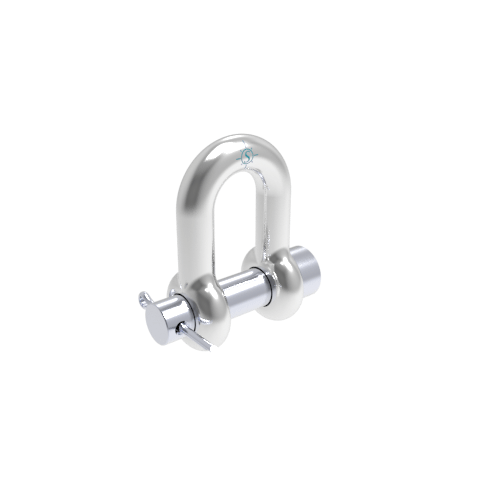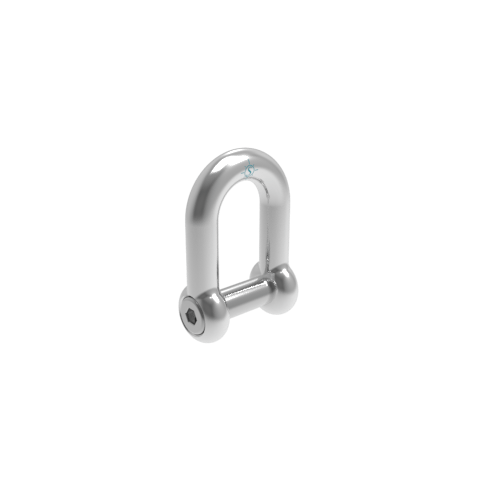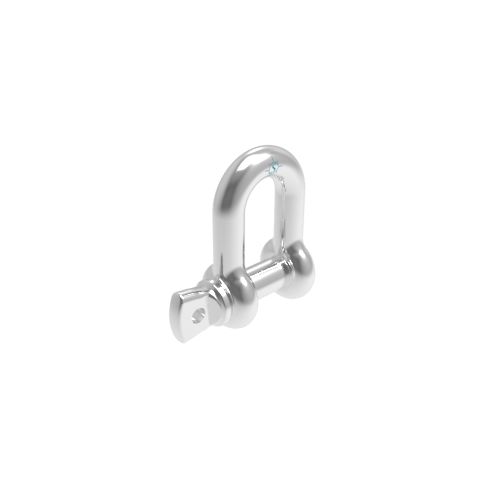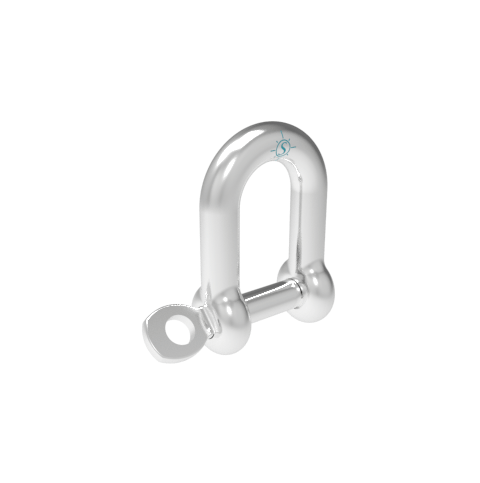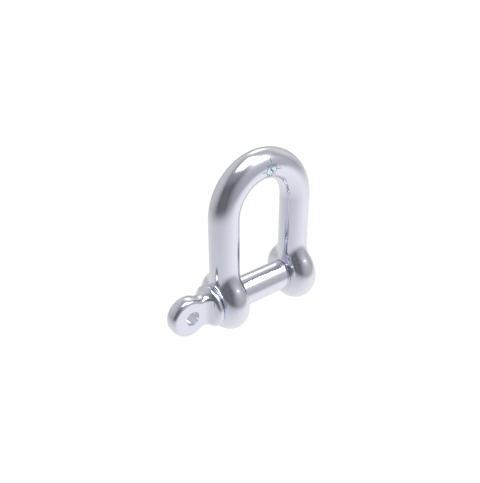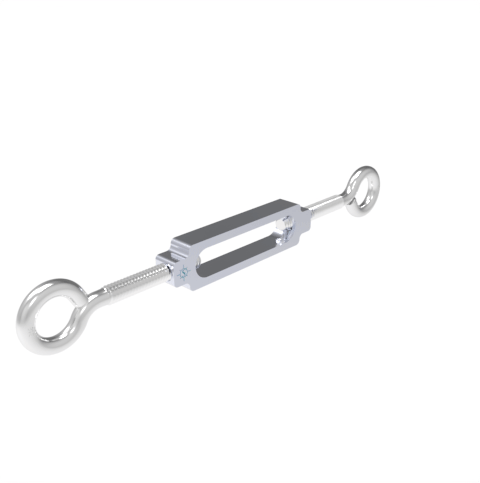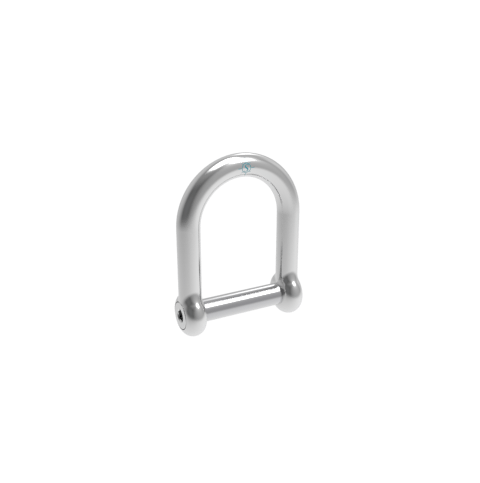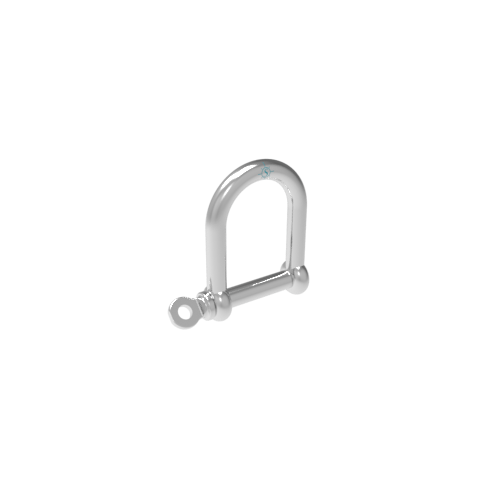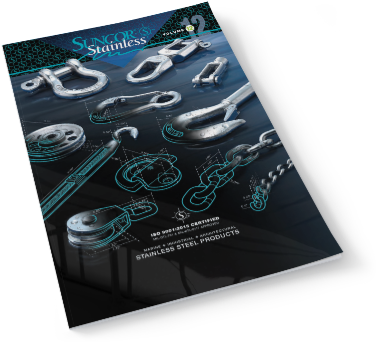Swaging, also pronounced “swedge”, is a metal-forming technique in which the metal of one part is deformed to fit around another part by either pressing or hammering, or by forcing the material through a die. Swaging differs from forging in that the swaged metal is cold worked and the output of the swaging operation is usually the finished shape.
As a general manufacturing process swaging may be broken up into two categories:
- The first category of swaging involves extrusion of the workpiece, forcing it through a confining die to reduce its diameter, similar to the process of drawing wire. This may also be referred to as “tube swaging”.
- The second category involves two or more dies used to hammer a round workpiece into a smaller diameter. This process is usually called “rotary swaging” or “radial forging”.
Tubes may be tagged (reduced in diameter to enable the tube to be initially fed through the die to then be pulled from the other side) using a rotary swager, which allows them to be drawn on a draw bench. Swaging is normally the method of choice for precious metals since there is no loss of material in the process.
Rotary swaging is usually a cold working process, used to reduce the diameter, produce a taper, or add a point to a round workpiece. It can also impart internal shapes in hollow workpieces through the use of a mandrel (the shape must have a constant cross-section). Swaging a bearing into a housing means either flaring its groove’s lips onto the chamfer of the housing, or flaring the housing’s material over the edge of the bearing. The flaring is done with a pair of rolls that travel around the hole and are fed down into the part, deforming the metal in a controlled, predicted way. Grease is often used to lubricate this swaging process, which is also called roller swaging.
A swaging machine works by using two or four split dies which separate and close up to 2,000 times a minute. This action is achieved by mounting the dies into the machine’s spindle which is rotated by a motor. The spindle is mounted inside a cage containing rollers (looks like a roller bearing). The rollers are larger than the cage so as the spindle spins the dies are pushed out to ride on the cage by centrifugal force, as the dies cross over the rollers they push the dies together because of their larger size.[7] On a four-die machine, the number of rollers cause all dies to close at a time; if the number of rollers do not cause all pairs of dies to close at the same time then the machine is called a rotary forging machine, even though it is still a swaging process.
A variation of the rotary swager is the creeping spindle swaging machine where both the spindle and cage revolve in opposite directions, this prevents the production of fins between the dies where the material being swaged grows up the gap between the dies.
There are two basic types of rotary swaging machine, the standard (also known as a tagging machine), and the butt swaging machine. A butt swaging machine works by having sets of wedges that close the dies onto the workpiece by inserting them between the annular rollers and the dies, normally by the use of a foot pedal. A butt swaging machine can allow a workpiece to be inserted without the dies closing on it, for example a three-foot (90 cm) workpiece can be inserted 12 inches (30 cm) and then the dies closed, drawn through until 12 inches (30 cm) remain and the dies are then released, the finished workpiece would then, for example, be four feet (120 cm) but still of its initial diameter for one foot (30 cm) at each end.
